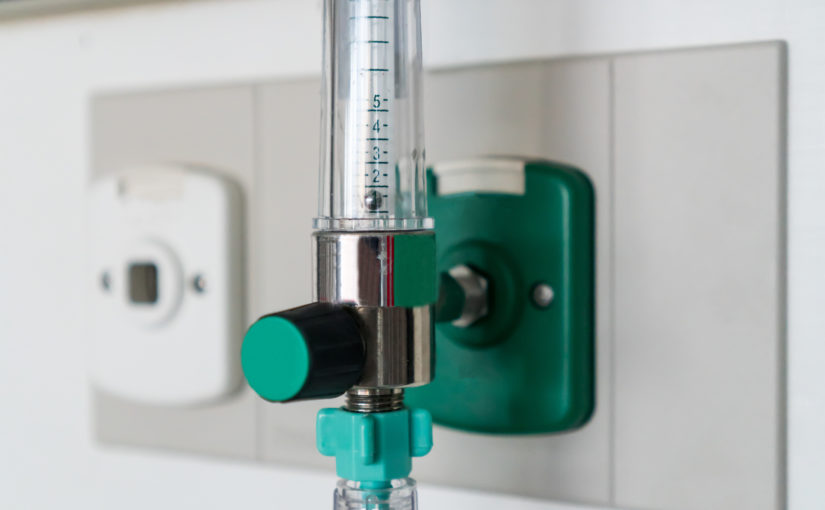In 2017, hospitals faced one of the most devastating years of flu hospitalizations on record, and emergency rooms and walk-in clinics across the country were frequently overwhelmed with sick patients. As the flu creates a spike in hospital patients—and a corresponding spike in the usage of gas and other resources—it’s imperative that medical facilities take some necessary steps to prepare for the season of giving (germs).
Inadequate Preparation Comes with Big Consequences
During flu season—which typically begins in October, peaks in February and can linger until April or even May—demand for oxygen and other gases needed in the treatment of respiratory illness are at an all-time high. If not adequately equipped, facilities are put at risk of being unable to treat patients. The surge of visits can have adverse effects on patient care, care quality and length of stay.
“Respiratory viruses in cold season cause a huge spike in the need for gases. It’s an unpredictable event that happens all at once,” says Troy Fowler, Director of Medical Gas Services at Airgas. “When it hits, there’s no seeing it coming.”
Lost Inventory, Understocked Gases, Dire Needs
Gas management probably isn’t top-of-mind for most medical practitioners and facility operations personnel, who often place more emphasis on keeping track of bigger and/or more expensive equipment. However, there are a few manageable steps healthcare facilities can take to ensure they aren’t caught off guard:
- Keep track of cylinders and cylinder balances to avoid last-minute rush orders to replenish stock
- Avoid costly fines by closely monitoring cylinder inventory and ensuring cylinders and cylinder storage containers are returned to the supplier
It’s not all about money though. Understocked gases can have deadly consequences for patients in need. About 75 percent of gases sent to hospitals are used for cardiac procedures and the other 25 percent are used in surgeries. Most commonly, these gases are used to keep a patient breathing, but can also be used in treatments for COPD, severe hemorrhage, cardiovascular arrest, resuscitation and life support. When cylinders are lost or replenishments get delayed, it can cause significant issues, like not being able to deliver life-saving oxygen to a patient experiencing respiratory failure.
A Simple Fix for a Complicated Problem
The solution, it seems, needs to come from collaboration between the vendor and healthcare provider—as with many things in life, a little bit of planning and communication can go a long way. Suppliers should be asking their medical providers what kind of increase they are anticipating in their patient census and about any time of year that produces well known spikes in patients (such as cold and flu season). Alternatively, hospitals would be well-served having strong cylinder management habits. Not only does this mean putting aside and keeping track of empty ones, but it may also mean implementing a tracking system which would allow a real-time look into cylinder inventory. With those kinds of insights, hospitals can make more intelligent decisions about when to order more gases and how much, all while offering a better patient experience.
“It’s incredibly easy to have all your demands met,” Fowler says, “All you need to do is anticipate and communicate with your supplier.”
